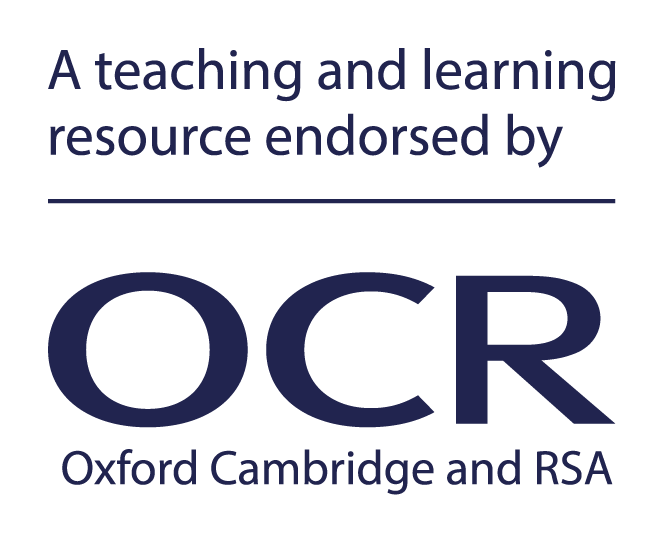A Level OCR Area of Study Guide: Religious Music of the Baroque Period: Endorsed by OCR

Area of Study Guide: Religious Music of the Baroque Period is endorsed for the 2016 A Level OCR Music specification.
Perfect your students’ preparation with this supportive and student-friendly Area of Study Guide – bursting with analyses, listening activities and practice exam materials – for OCR A Level Music.
Introduce- Set the scene with social, cultural and historical contextual information provided on the period, including a timeline of key works, composer biographies and performance history
- Plus! Introductory vocabulary gives students a foundation for study
- Analysis of key pieces using OCR’s musical elements and supported by annotated score excerpts
- Keywords are defined throughout, and combined in a full glossary –reinforces the essential terminology
- Learning activities help students practise and apply their knowledge – full answers included for easy marking
- Information about the exam shows students exactly what to expect
- Concise revision summaries bring it all together
- Essay-writing guidance including how to structure answers and practice questions – great preparation for the exam
Area of Study 4: Religious Music of the Baroque Period
Following on from GCSE, students will be familiar with key features of Baroque music: it is polyphonic, it uses basso continuo, it has stepped or terraced dynamics, and so on. For A Level, students must develop a more thorough and subtle understanding of these elements and their context, and apply them. This informative and practical guide provides context and musical examples to help them do just that.
Structured in chronological order to support understanding of the style, this guide encompasses key wider listening pieces from:- Monteverdi: Vespers (1610)
- Schütz: Symphoniae Sacrae
- Charpentier: Te Deum
- Vivaldi: Stabat Mater
- Bach: Ich Habe Genug
- Bach: Magnificat
- Handel: Messiah